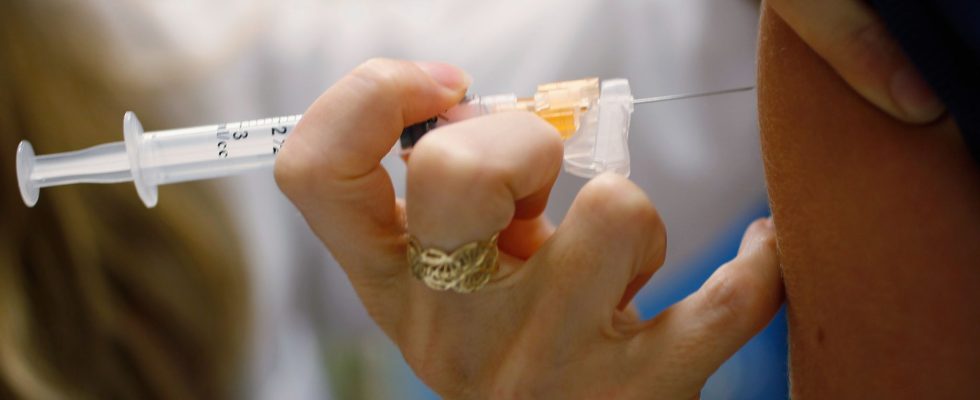Abandoned for nearly a decade, college vaccination is returning as part of the prevention campaign against the human papillomavirus, says HPV. The “widespread” vaccination of pupils in 5th grade against the papillomavirus, promised at the start of the year by Emmanuel Macron, will begin well from the start of the school year with the collection of parental consent, before two injections in the fall and spring, according to several regional health agencies (ARS). Each department is organized in its own way.
Each year, the human papillomavirus is responsible for 30,000 precancerous lesions of the cervix and 6,000 new cases of cancer in women and men, including one in four in boys. According to a report from themedical academy dating from 2019, “the health cost of HPV infections represents more than 500 million euros per year”.
Announced at the end of February by the Head of State, the vaccination campaign against human papillomavirus (HPV) is ready to be deployed in several regions. The doses of vaccine (Gardasil 9) will be provided free of charge by Public Health France for families who come to college. Part of the vaccine will be covered by Health Insurance, while the remaining part will be covered by the Regional Health Agency. In addition, vaccination will be open as a priority to 5th graders, even if it can be extended to other middle school students, up to 15 years old. It can also be offered as a catch-up until the age of 19 and remains possible until the age of 26, mainly for men who have sex with men.
A solid organization
In New Aquitaine, for example, “from September” the collection of “authorization from both parents” will be done online via a “dematerialized form”. Then, the students who have obtained this parental permission will then receive the first dose “between October and December”, then the second (six months apart) “between April and June”, each time in their college and “during the time school”. The injections will be carried out by “mobile teams” of caregivers outside the establishment, under the aegis of “vaccination centers” already identified (most of them attached to hospitals or clinics). ARS Nouvelle-Aquitaine announced in early July that it wanted to vaccinate the 70,000 5th graders.
More cautious, its neighbor from Occitania indicated at the end of June that it was aiming for “at least 30%” of the age group concerned, i.e. “a potential number of 21,000 college students” vaccinated next year. Its calendar is even more precise, with a first injection scheduled “from November 6”, therefore at the start of the All Saints holidays, and the second “mid-May”, i.e. after the Ascension Bridge.
In France, the rate of vaccination coverage against the papillomavirus is relatively low. It hardly peaks at 37% for girls and struggles to exceed 10% for boys, despite being affected by infections. In Europe, France is a bad student in this area, but hopes to catch up with a ten-year vaccination strategy that provides for 80% of people vaccinated by 2030. According to the World Health Organization (WHO), these cancers are believed to be completely eradicable through screening and vaccination.
